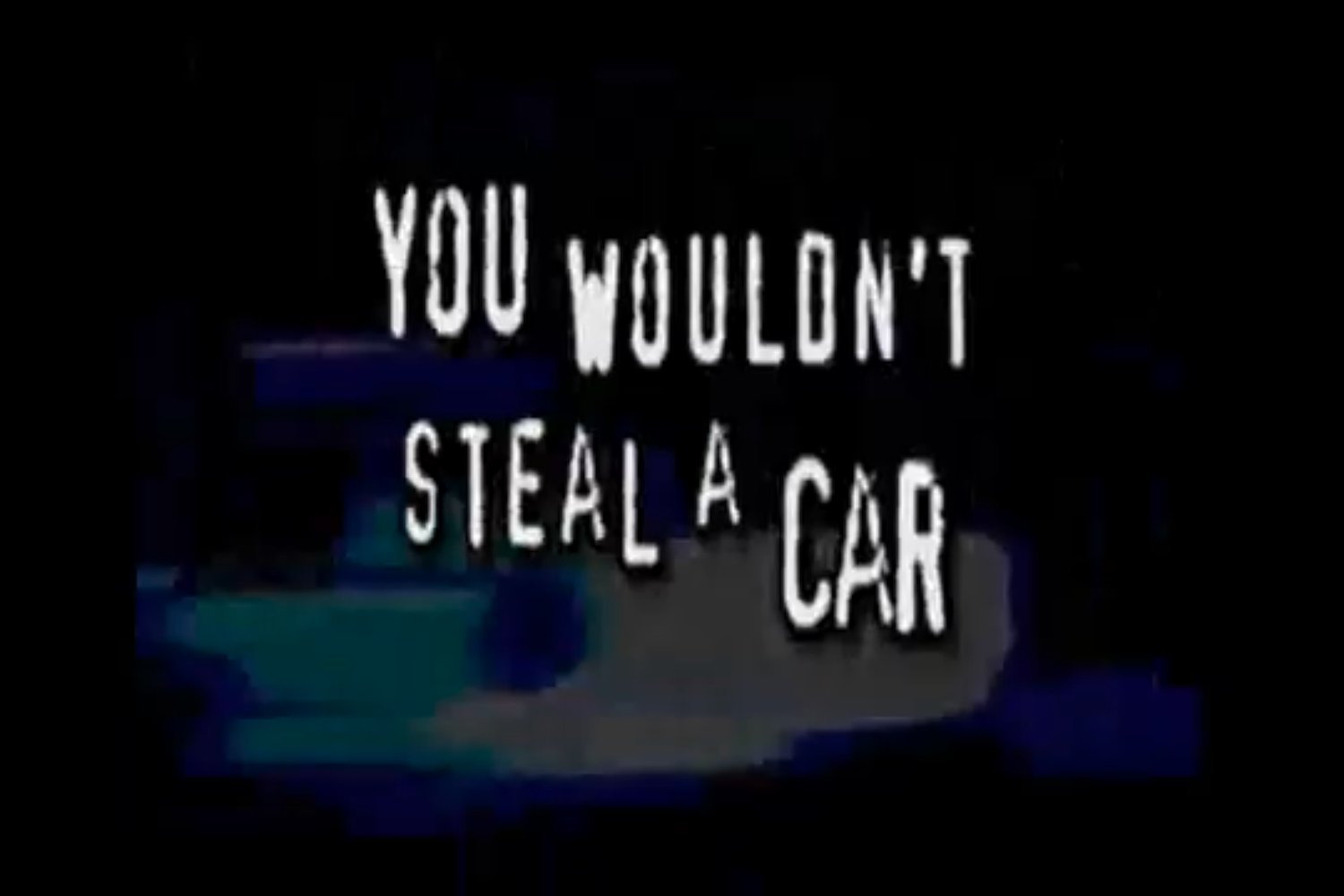Font Foul: Anti-Piracy Campaign Caught in Ironic Typography Twist

You Wouldn't Steal a Font: The Ethical Dilemma of Digital Typography
In the vast and creative world of design, fonts are more than just letters on a screen—they're intricate works of art crafted with precision, passion, and countless hours of meticulous design. Yet, in the digital age, many designers and creatives casually download and use fonts without considering the intellectual property rights of their creators.
Typography is a specialized craft where designers pour their creativity, technical skill, and personal style into every curve, stroke, and character. Each font represents a unique visual language, carefully developed to communicate mood, personality, and brand identity. When someone downloads a font without proper licensing or compensation, they're not just acquiring a typeface—they're essentially stealing an artist's intellectual work.
The consequences of font piracy extend beyond mere legal implications. They directly impact independent type designers and small foundries who rely on font sales as their primary source of income. By choosing to use unlicensed fonts, designers undermine the economic ecosystem that supports typographic innovation and creativity.
Ethical font usage isn't just about following rules—it's about respecting creative professionals and supporting the design community. Many affordable licensing options exist, making it easier than ever to legally acquire and use high-quality fonts while fairly compensating their creators.
Next time you're tempted to download a font from an unauthorized source, remember: behind every typeface is a passionate designer who has invested significant time and talent into their craft. Choose integrity, support creativity, and pay for the fonts you use.
